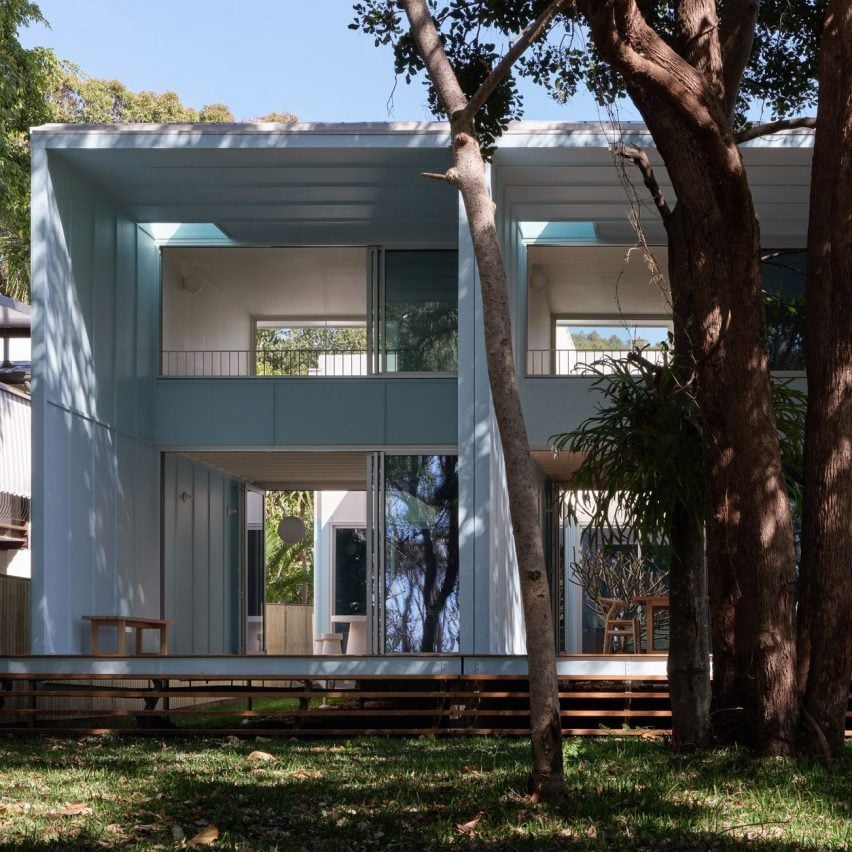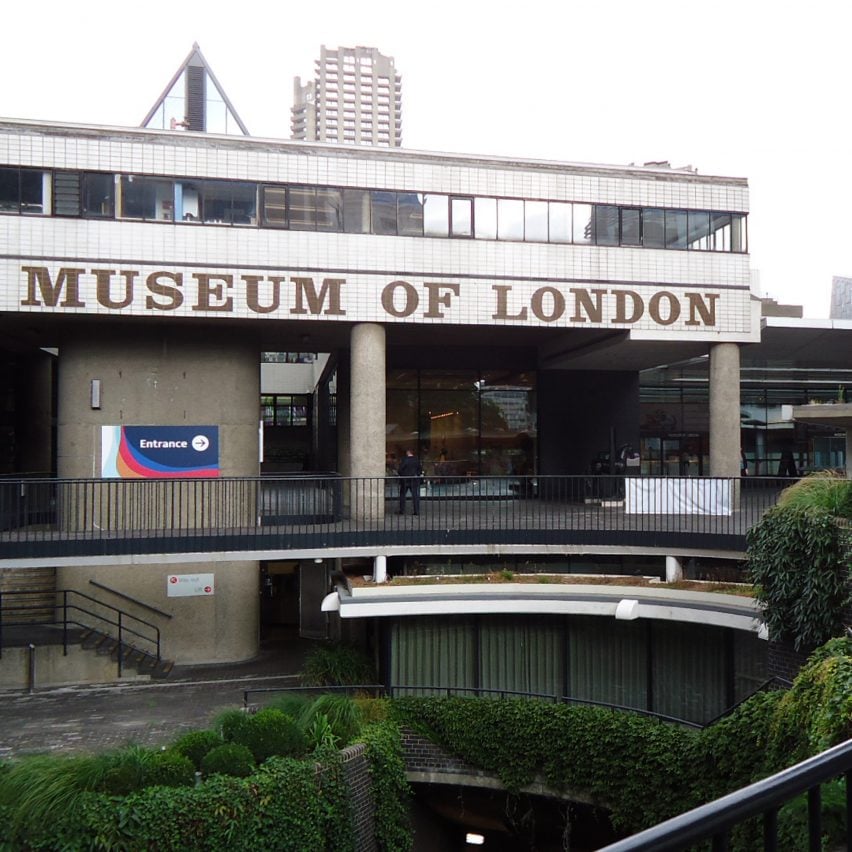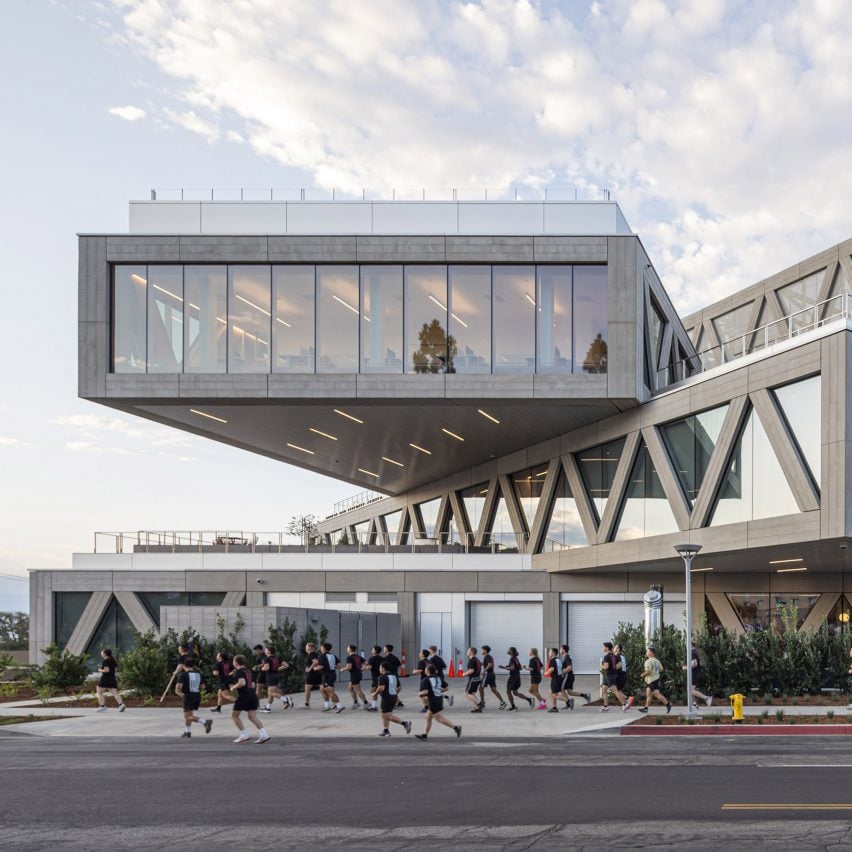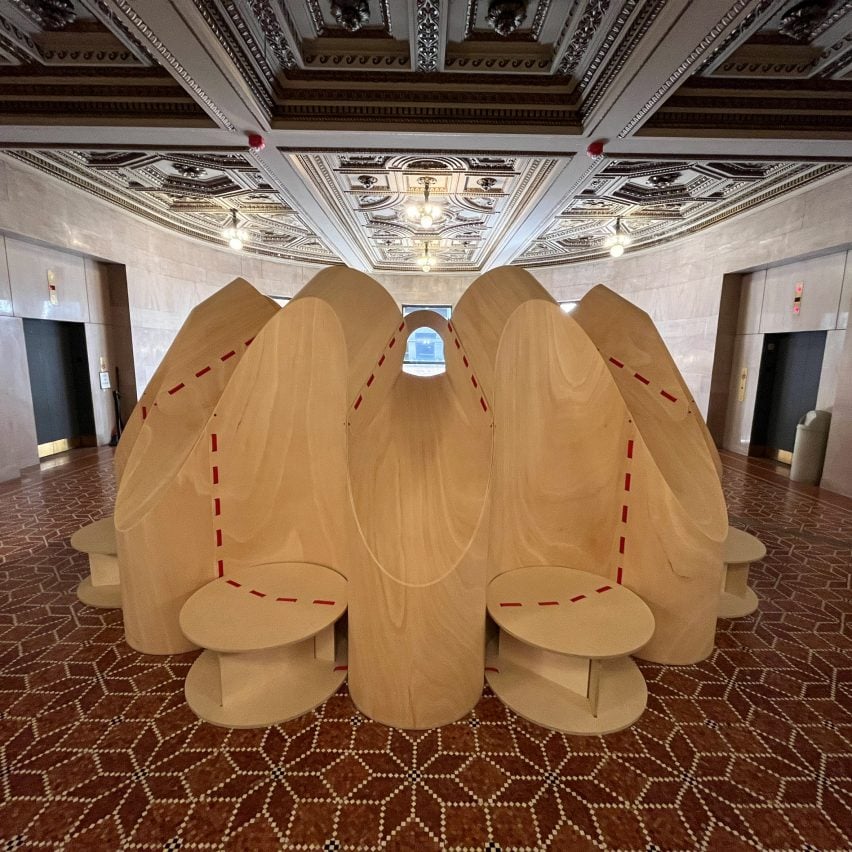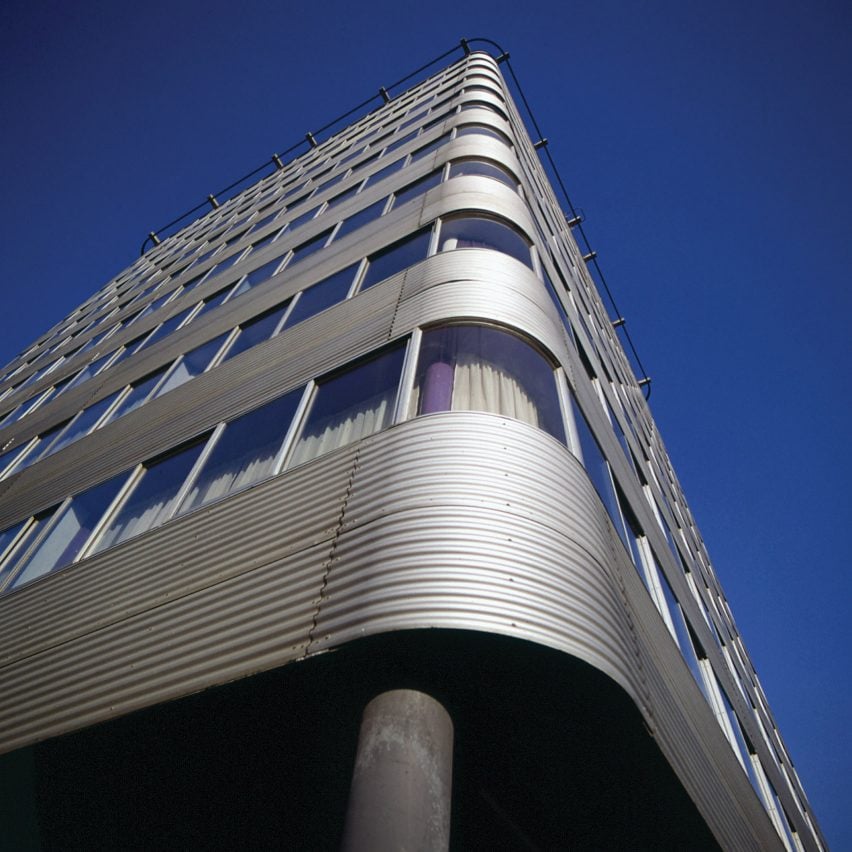
Following the recent deaths of British architects Nicholas Grimshaw and Terry Farrell, Catherine Slessor reflects on their intertwined but highly distinct careers.
The recent deaths of Nicholas Grimshaw and Terry Farrell, within a fortnight of each other, have prompted fulsome appraisals of their careers and their place in British architecture. From these encomiums, it might seem as though they both evolved independently to embrace oeuvres that were as disparate as chalk and cheese.
Yet for 15 years they were in partnership together, turning out neat industrial sheds and tidy social housing, as around them, the nascent high-tech movement gathered pace. The 1976 Herman Miller factory in Bath was typical: a modern, modular, humanised version of the archetypal Victorian satanic mill, where employees took their lunches on picnic tables among willow trees, enjoying views of the River Avon. The cream hue of the fibreglass cladding panels was chosen to match the colour of Bath stone.
Their early lives were shaped by very different backgrounds and experiences
In the equally rarefied ambience of London’s St John’s Wood, they designed an 11-storey apartment block sheathed in a skin of corrugated aluminium modelled on a Citroën van (pictured). Known as the Sardine Can, it became so popular that at one point were more than 400 people on a waiting list to secure a flat.
The trajectories of their early lives were shaped by very different backgrounds and experiences. Farrell was of Irish Catholic ancestry and grew up on a peripheral council estate in Newcastle; “the edge of the edge”, as he put it. Grimshaw came from a line of engineers and artists and went to a public school whose motto was “fortune favours the bold”.
Farrell took up architecture at Newcastle University, as his parents refused to countenance his ambition to be a painter. Grimshaw started studying at Edinburgh and ended up at the Architectural Association, where he imbibed the heady atmosphere of Archigram and Cedric Price.
They first met in London County Council’s architecture department and went into partnership in 1965. Some sense of how divergent their paths might become was hinted at in their first widely publicised project for student residences in Paddington. Grimshaw conceived a high-tech service tower, with bathroom pods linked by a spiralling, Guggenheim-style ramp, while Farrell remodelled the Victorian terraces around it.
In form and execution the pod contraption was sufficiently daring to attract the attention of Buckminster Fuller, who was photographed admiring it in the company of a floppy haired Grimshaw, like sorcerer and apprentice.
Yet both the design process and the collaboration required to achieve it contrived to sow the seeds of a nagging incompatibility. As the less assertive of the two, Farrell would later say that “for 15 years I tagged along in Nick’s wake”. They eventually split in 1980.
The stylistic chasm between them was neatly encapsulated by two buildings set within a quarter of a mile of each other
Timing is everything, and in this, Farrell and Grimshaw got lucky. Their architectural mitosis was perfectly in sync with the start of a new decade and the incoming Thatcher era. Impelled by her aperçu that there was “no such thing as society”, atomised individualism came to trump the communitarian values of post-war socialism which had hitherto informed the modernist project.
Fertilised by economic liberalisation, postmodern theories and the potential of technology, the ground was laid for new kinds of architecture to emerge from the ruins of modernism. Dominating the British architectural scene for the next 30 or so years, pomo and high tech proved its most tenacious variants, to which Farrell and Grimshaw took, respectively, like ducks (or decorated sheds) to water.
Over time, both established prolific international firms, but where you might struggle to separate a Grimshaw building from one by Norman Foster or Richard Rogers, there was no such difficulty in distinguishing between a Grimshaw and a Farrell. The stylistic chasm between them was neatly encapsulated by two buildings set within a quarter of a mile of each other in London’s Camden Town.
First came Farrell’s deft cannibalisation of a former car showroom to provide a suitably swashbuckling headquarters for the operations of TV-am, its launch heralding a brave new dawn for British television. The Architectural Review put Farrell’s exuberant MDF mash-up of Mayan and Japanese stylings on its cover, dubbing it “scavenger architecture”. The scavenger became the scavenged when one of the jaunty blue and yellow eggcup finials ended up, slightly curdled, on the Antiques Roadshow being solemnly appraised by a valuation expert.
Around the corner on Camden Road, Grimshaw’s superstore for Sainsbury’s dispensed with the usual corporate normcore, transforming it into a grittily steampunk aircraft carrier while solving the problem, with NASA-like intensity, of how to get shopping trolleys down a travelator to the basement car park.
The enduring value of TV-am was that it showed how architecture might communicate directly with passersby, through its beguiling, populist jokiness, while also demonstrating the virtues of repurposing existing structures. The environmental importance of retaining and reusing original fabric is now at the forefront of architectural concerns, but Farrell knew it some time ago.
Their reputations will live on through the juggernauts of their firms
Grimshaw did too, and it is apt that one of his last projects was the conversion of the duo’s Herman Miller factory to accommodate Bath Schools of Art and Design, a genuinely transformative endeavour that persuasively illustrated how buildings could have dynamic second acts.
For now, their reputations will live on through the juggernauts of their firms and the resonance of philanthropic outreach. Grimshaw’s eponymous foundation addresses issues of accessibility within the profession, while Farrell’s “urban room” in Newcastle is aimed squarely at demystifying the processes of design and planning.
Nonetheless, there is still a sense of an era ending. That extraordinarily influential “britischer Architekt” generation of men who grew up toying with Meccano and went on to change the world is finally leaving the stage.
Catherine Slessor is an architecture editor, writer and critic. She is currently acting architecture critic for The Guardian and is a former editor of The Architectural Review and the former president of architectural charity the Twentieth Century Society.
The photo is courtesy of Grimshaw Architects.
Dezeen In Depth
If you enjoy reading Dezeen’s interviews, opinions and features, subscribe to Dezeen In Depth. Sent on the last Friday of each month, this newsletter provides a single place to read about the design and architecture stories behind the headlines.
The post "That generation of men who grew up toying with Meccano and went on to change the world is finally leaving the stage" appeared first on Dezeen.

